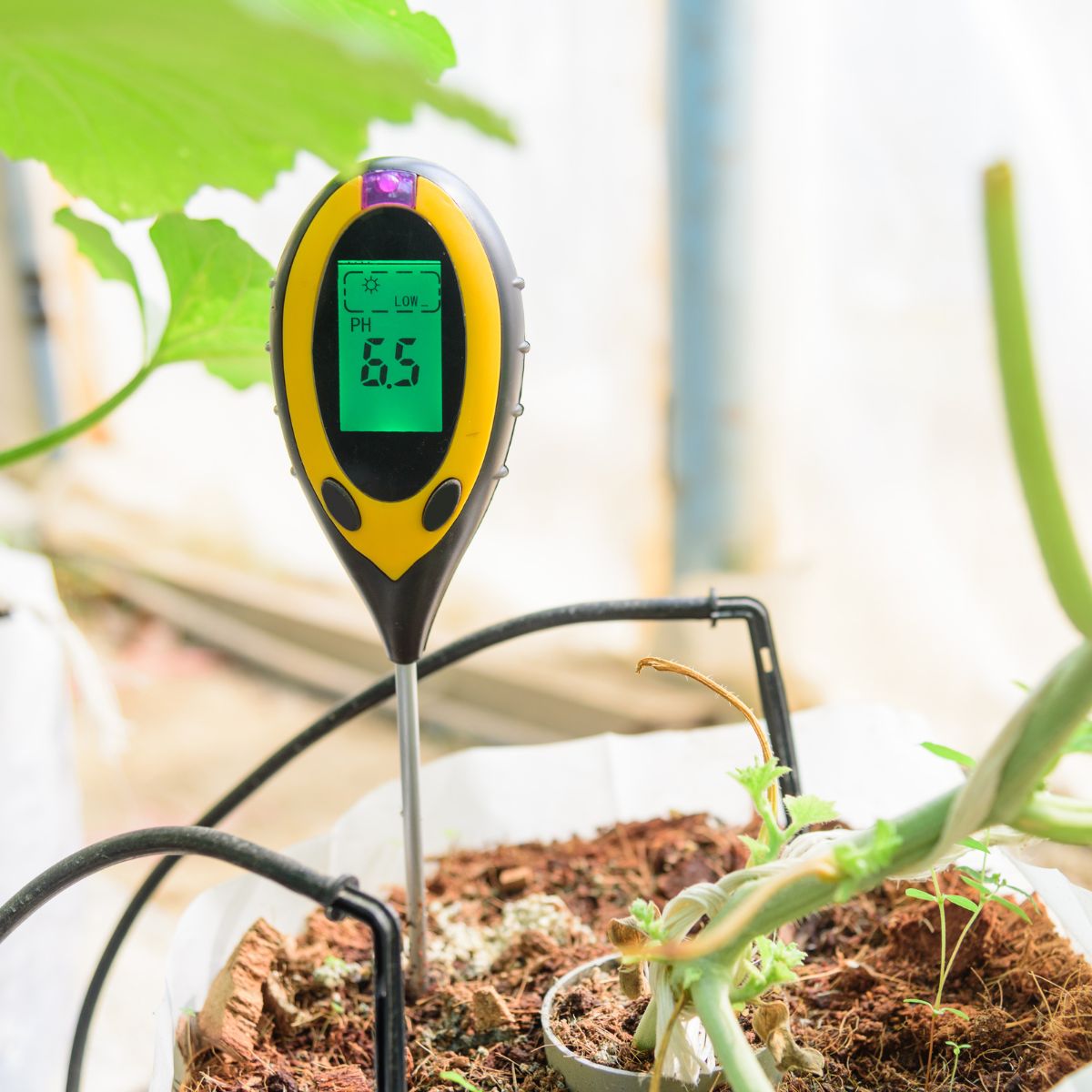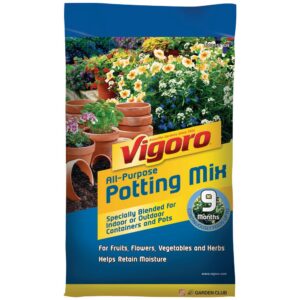Maintaining healthy soil is essential for growing healthy plants, and one of the most important factors to consider when it comes to soil health is pH level. Soil pH level can affect plant growth and nutrient availability, and can vary depending on factors such as soil type, climate, and land use.
Understanding how to test and adjust soil pH is a key part of successful gardening and farming and can help ensure optimal plant growth and health. In this article, we will explore the basics of soil pH, including what it is, why it's important, and how to test and adjust soil pH for different types of plants.
Whether you are a seasoned gardener or just starting out, understanding soil pH is an essential part of growing healthy and thriving plants.

Read Next
All About pH Levels
The pH level in the soil is important because it affects the availability of nutrients that plants need to grow. pH is a measure of how acidic or alkaline a substance is, and soil pH can range from very acidic (pH 4.5 or lower) to very alkaline (pH 8.5 or higher), with neutral soil having a pH of 7.0.
Different plants have different pH requirements, and soil that is too acidic or too alkaline can cause nutrient deficiencies and inhibit plant growth. For example, plants such as blueberries and rhododendrons prefer acidic soil, while plants such as lilacs and clematis prefer more alkaline soil. In addition, many essential plant nutrients, such as nitrogen, phosphorus, and potassium, are more readily available to plants in soil with a pH level in the range of 6.0 to 7.5.
Soil pH can also affect the activity of microorganisms in the soil, which can in turn affect the availability of nutrients to plants. For example, soil with a pH that is too low can inhibit the activity of beneficial soil bacteria, such as nitrogen-fixing bacteria, which can lead to a lack of nitrogen in the soil.
Testing The pH Level In The Soil
To ensure optimal plant growth and health, it's important to test the pH level of your soil and adjust it if necessary. This can be done using a soil pH meter or by sending a soil sample to a testing laboratory. Soil pH can be adjusted by adding materials such as lime to increase soil pH or sulfur to decrease soil pH.
- Collect a soil sample: To test the pH level in your soil, you will need to collect a soil sample from the area you wish to test. Use a trowel or shovel to collect several small samples from different areas of the soil, about 4-6 inches deep. Combine the samples in a clean container and mix well.
- Choose a testing method: There are several methods for testing soil pH, including using a soil pH meter, a DIY test kit, or sending a soil sample to a testing lab. Choose the method that works best for you and your needs.
- Use a soil pH meter: If you choose to use a soil pH meter, follow the instructions provided with the meter. Generally, you will need to insert the probe of the meter into the soil sample, and the pH level will be displayed on the meter's screen.
- Use a DIY test kit: If you choose to use a DIY test kit, follow the instructions provided with the kit. Generally, you will need to add a small amount of soil to a test tube or container, add a testing solution, and compare the resulting color to a chart to determine the pH level.
- Send a soil sample to a testing lab: If you prefer a more accurate and detailed analysis of your soil, you can send a soil sample to a testing lab. Contact a local university or agricultural extension office to find a testing lab near you. Follow the instructions provided for collecting and submitting a soil sample, and the lab will provide a detailed analysis of your soil, including your pH level.
- Adjust the pH level if necessary: If your soil pH level is outside of the optimal range for the plants you wish to grow, you may need to adjust the pH level by adding materials such as lime to increase soil pH or sulfur to decrease soil pH. Follow the instructions provided with the materials to adjust the pH level.
Testing the pH level in the soil is an important part of maintaining a healthy and productive garden or farm. By following these steps, you can determine the pH level of your soil and take the necessary steps to adjust it if needed.
Table 1: Soil pH Acidity & Alkalinity
| Soil pH | Acidity/Alkalinity |
|---|---|
| 0-3.5 | Extremely acidic |
| 3.6-4.5 | Very strongly acidic |
| 4.6-5.0 | Strongly acidic |
| 5.1-5.5 | Moderately acidic |
| 5.6-6.0 | Slightly acidic |
| 6.1-7.0 | Neutral |
| 7.1-8.0 | Slightly alkaline |
| 8.1-9.0 | Moderately alkaline |
| 9.1-10.0 | Strongly alkaline |
| 10.1-14 | Very strongly alkaline |
Note that some plants may prefer soil with pH levels outside of the neutral range, such as acidic soil for blueberries or alkaline soil for certain types of vegetables. It's important to research the specific pH requirements of the plants you are growing to ensure optimal growth and health.





Comments
No Comments